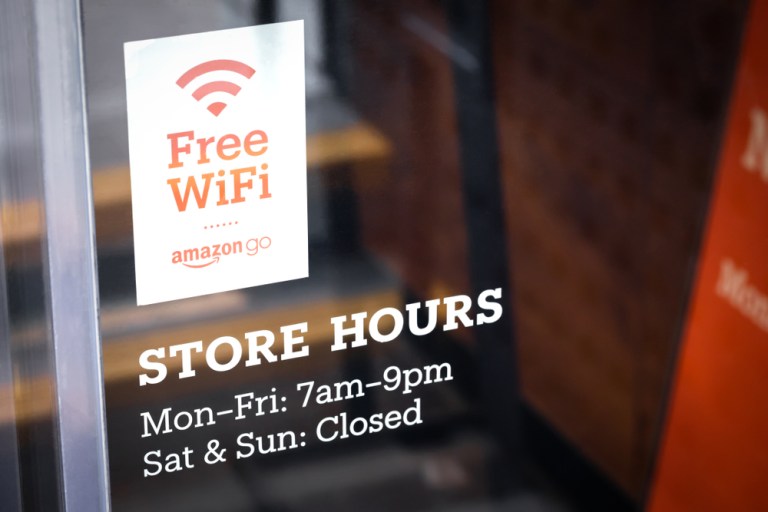
You need to be in it to win it.
And as the connected economy continues to transform how businesses and consumers go about their daily lives, the access to and availability of digital tools and services has never been more important.
Particularly as it relates to vital services like healthcare, education, and even financial access, which are increasingly being provided through digital platforms and methods.
Still, an ongoing — and widening — digital divide exists in America between the connected economy have’s and have-not’s that threatens to both reshape and entrench the ecosystem realities and market opportunities of the 21st century.
That’s why it is so encouraging that the U.S. government is taking clear steps to ensure that the rising tide of digital progress lifts all boats, no matter their harbor.
This, as just one year into its Capital Project’s Fund (CPF) deployment, the U.S. Department of the Treasury announced Wednesday (June 7) that it has already awarded approximately $6.7 billion for broadband, digital technology and multi-purpose community center projects in 42 states.
The fund recipients estimate that their investments in future-fit connected infrastructure will better connect more than 1.88 million businesses, homes and other locations to the internet — helping previously rural, isolated or economically challenged areas participate in the online economy.
Get the research: How the World Does Digital: Daily Digital Engagement Hits New Heights
Expanding Digital Access Across the Country
Closing the digital divide is crucial for equal opportunity in education and upward economic mobility. The pandemic highlighted the importance of internet connectivity for all Americans, fueling innovation, education and economic growth — underscoring how critical online access is in supporting a sustainable macro landscape for all.
Fortunately, the billions in dollars from the Treasury are accelerating digital on-ramps where they are needed most.
Per the Treasury’s news release, in addition to broadband infrastructure projects, some states, like Kansas, are investing in digital connectivity technology projects that aim to address gaps in digital equity, affordability, and broadband adoption more broadly speaking. Other states, including Connecticut, Delaware, and Idaho, are using the resources to build and improve multi-purpose community centers where their residents can access high-speed internet.
Investing more in digital infrastructure is necessary to achieve a future with growing demand for connection and data consumption.
Access to the connected economy allows everyone in America to do their jobs equitably, complete their homework and keep up with their healthcare appointments, as well as supports the ability of both businesses and consumers to compete in a 21st-century economy.
Underscoring the importance of access while highlighting the ongoing transformations evolving today’s changing world, new findings from PYMNTS’ research in “How the World Does Digital: Daily Digital Engagement Hits New Heights,” shows that daily digital engagement rose 6.5% year over year, outpacing weekly and monthly digital engagement growth.
Read More: Connected Economy Grows While Digital Divide Around Vital Services Remains
The Connected Economy’s Network Effect Continues to Grow
Without exception, every age and income demographic PYMNTS surveyed experienced a year-on-year boost in digital engagement. Most exciting, there appears to be a network effect driving the organic expansion of the digital economy.
This, as PYMNTS data found that a 10% uptick in digital shopping activities now coincides with a 7% jump in digital health-related activities, a 6.9% rise in digital grocery orders and modest gains in all other categories.
For states where connected economy access remains in question, the U.S. Treasury funding represents a lifeline — and one that will create a halo effect of digitization.
“Twenty-three percent of Texans are unable to attend online classes, see a health care provider from their living room, fill out a job application online, start a business or access online marketplaces from their kitchen table. These barriers negatively affect Texans’ quality of life and limit economic opportunities for individuals and the state overall,” Texas Comptroller Glenn Hegar said.
Texas was awarded more than $350 million in grants by the U.S. Treasury. to increase access to affordable, high-speed internet.
And the story is no different across the 47 other states receiving millions of funding to bring reliable connectivity to their most vulnerable and underserved communities.